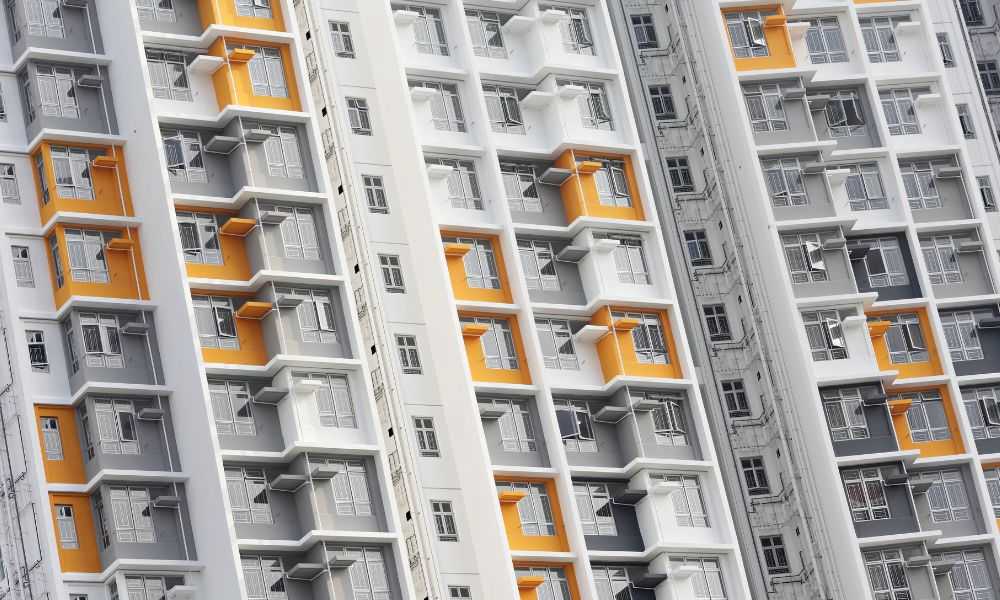Title: Micro-Unit Developments: Reshaping Urban Living Spaces
Introduction: In bustling city centers where space comes at a premium, a new trend is emerging that's challenging traditional notions of urban living. Micro-unit developments, compact living spaces typically ranging from 200 to 400 square feet, are gaining traction as a viable solution to housing shortages and affordability issues in major metropolitan areas. This innovative approach to real estate is not just changing skylines—it's redefining the very concept of home for a new generation of city dwellers.

The target demographic for micro-units is primarily young professionals, students, and singles who prioritize location over space. These individuals are willing to trade square footage for the opportunity to live in desirable neighborhoods that would otherwise be out of reach financially. The appeal lies not just in affordability, but also in the minimalist lifestyle that these units encourage, aligning with growing trends towards sustainability and reduced consumption.
Design Innovations: Maximizing Minimal Space
Creating livable spaces within such compact dimensions requires innovative design solutions. Architects and interior designers are rising to the challenge, employing clever storage solutions, multifunctional furniture, and space-saving techniques to make micro-units feel more spacious and comfortable than their square footage might suggest.
Common features in micro-unit designs include:
-
Murphy beds that fold into the wall when not in use
-
Convertible furniture that serves multiple purposes
-
Built-in storage solutions that utilize every inch of available space
-
High ceilings and large windows to create a sense of openness
-
Shared amenities in the building to compensate for limited private space
These design elements not only make micro-units more livable but also contribute to their appeal as modern, efficient living spaces that cater to a minimalist lifestyle.
Economic Implications for Developers and Investors
From a real estate investment perspective, micro-unit developments present an intriguing opportunity. While the construction cost per square foot may be higher due to the need for more complex infrastructure and design elements, the potential for higher rental yields is significant. Developers can fit more units into a given footprint, potentially increasing overall revenue compared to traditional apartment layouts.
However, the economics of micro-units can vary significantly depending on location, local regulations, and market demand. In some cities, zoning laws and building codes may need to be updated to accommodate these non-traditional living spaces. Additionally, the long-term market for micro-units remains somewhat uncertain, as it’s unclear whether demand will remain strong as demographics and housing preferences evolve.
Impact on Urban Planning and Community Development
The integration of micro-unit developments into urban landscapes has broader implications for city planning and community dynamics. On one hand, these developments can help address housing shortages and potentially reduce urban sprawl by increasing density in existing neighborhoods. They may also contribute to the revitalization of underutilized areas by bringing in new residents and businesses.
On the other hand, concerns have been raised about the potential negative impacts of micro-unit proliferation. Critics worry about the effects on neighborhood character, the strain on local infrastructure, and the possibility of creating transient communities if micro-units primarily attract short-term residents.
City planners and policymakers are grappling with these issues, seeking to balance the benefits of increased housing options with the need to maintain livable, cohesive communities. Some cities are experimenting with policies that require a mix of unit sizes within developments or mandate certain amenities to ensure quality of life for residents.
The Future of Micro-Units: Trends and Predictions
As the micro-unit trend continues to evolve, several key factors will likely shape its future:
-
Technological integration: Smart home technologies and IoT devices could make micro-living more convenient and efficient.
-
Sustainability focus: Micro-units may increasingly incorporate green building practices and energy-efficient systems.
-
Flexible designs: Future developments might feature modular units that can be combined or separated to adapt to changing needs.
-
Mixed-use developments: Integrating micro-units with retail, office, and community spaces could create more dynamic, self-contained urban ecosystems.
-
Regulatory changes: Cities may continue to adapt zoning laws and building codes to accommodate and regulate micro-unit developments.
The long-term success of micro-units will depend on their ability to meet the changing needs of urban residents while contributing positively to the fabric of city life. As this trend unfolds, it will be crucial for real estate professionals, urban planners, and policymakers to work together to ensure that these innovative living spaces enhance rather than detract from the quality of urban living.
In conclusion, micro-unit developments represent a bold reimagining of urban living spaces, offering both opportunities and challenges for the real estate industry and city dwellers alike. As cities continue to grow and evolve, these compact living solutions may play an increasingly important role in shaping the future of urban housing markets and community development.





